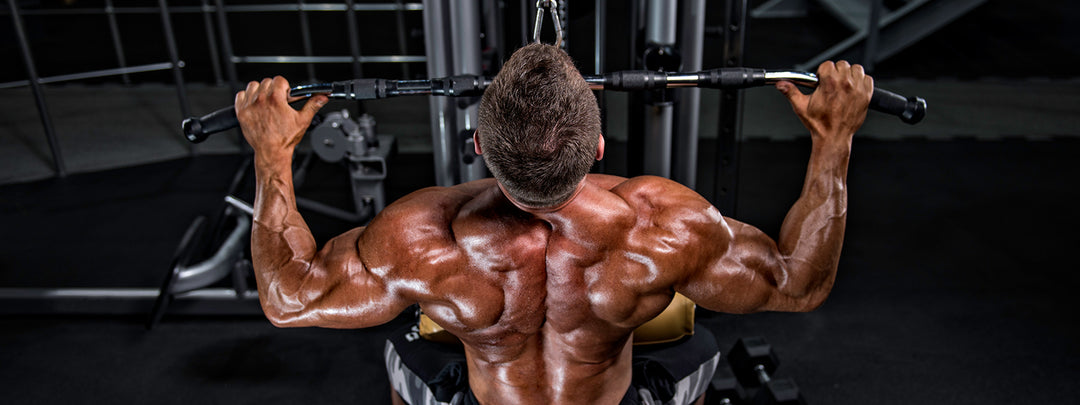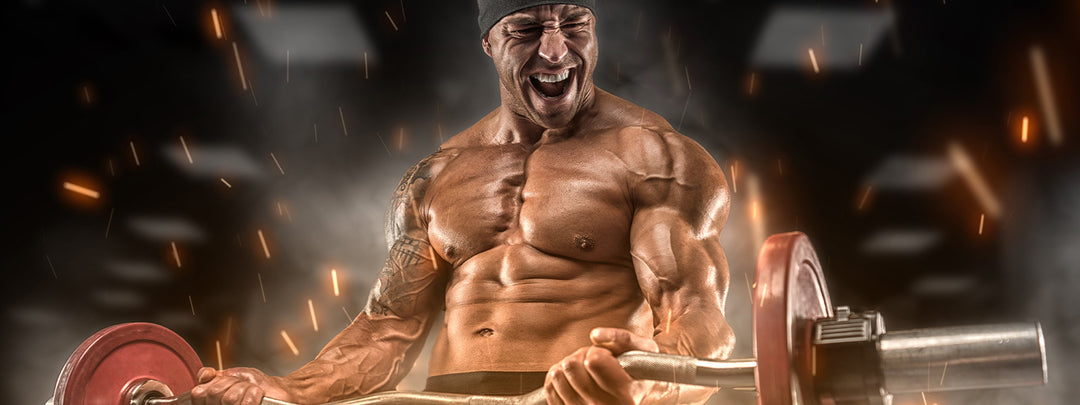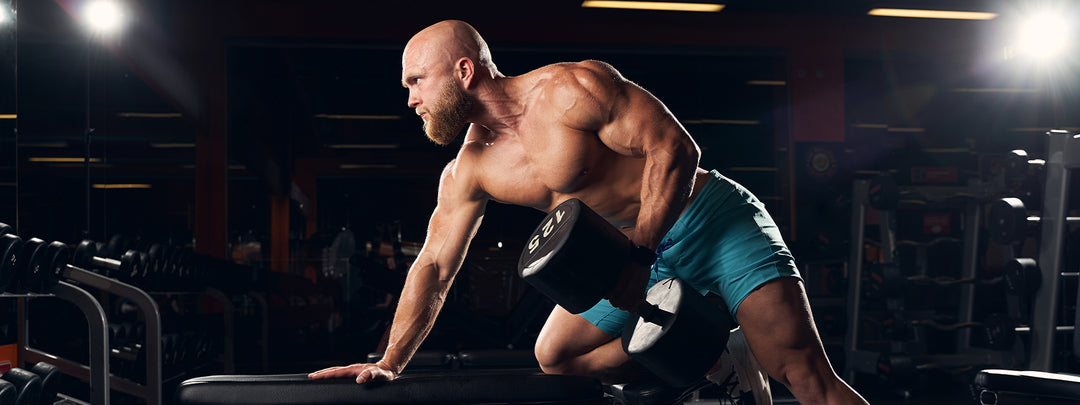Knee Wraps vs. Knee Sleeves for Maximal Performance & Injury Prevention

Knee wraps for weightlifting and knee sleeves for weightlifting are oftentimes worthy additions for safety and strength purposes. But what’s the difference between knee wraps and sleeves? And are there times to use one versus the other during a leg workout?
MUTANT is here to answer all your questions so you can crush your next training session with confidence.
Knee Wraps
Knee wraps for weightlifting are elastic lengths of fabric meant to wrap around your knees and above and below the knees. Knee wraps aim to wrap them as tightly as possible around the knee joint to increase the safety of heavy weight loads during squats and deadlifts. They wrap around in a circular fashion, with two meters of elastic material used to get a tight sinch on the knee.
This increases the potential energy in the wrap and, therefore, your knees. A proper knee wrap will make it difficult to bend the knee without a heavy load. However, when you’re in the middle of a set or a single, the additional weight will cause the knees to bend, charging up the energy behind the concentric motion by stretching out the knee wraps.
These are intended to maximize strength while minimizing injury. Knee wraps come with a slight learning curve that can be mastered with practice wrapping. They can be used in a competitive powerlifting or weightlifting setting; ideally, you use them only for heavy squats. Knee wraps are generally uncomfortable, so wrapping them tight and getting your sets down as quickly as possible is essential for overall workout or competition effectiveness.

Knee Sleeves
Knee sleeves for weightlifting, on the other hand, are made of neoprene and stretchy material and are made to slip over your foot and up to your knee joint. They are big enough to cover the lower third of your upper leg. While they can be tight, they’re not uncomfortable, allowing you to perform numerous exercises with the knee sleeves on.
The tube of a knee sleeve is around 20-30 centimeters in length. They also come in different thicknesses, such as 3mm, 5mm, and 7mm. The thinner options are terrific for walks, hikes, or other low-impact movements, while the thicker ones are good for powerlifting competitions or heavy workouts.
With the neoprene material – synthetic rubber – you can increase heat in the area, lowering the chance of injury during heavy training sessions. It’s also very pliable, allowing movement within the knee sleeve. So you can experience a full range of motion while remaining safe at heavier weights. Knee sleeves are super simple to apply and give you that additional protection throughout an entire workout.
Which One Is Right for You?
While both provide compression and warmth to the knee joint during lifting, there are nuances between the two that make a huge difference.
Knee Wraps for Weightlifting
Knee sleeves are meant for anyone working out who wants that extra comfort and safety around the knee joints during a workout. They are easy to put on, provide plenty of constriction and warmth, and allow lifters with various goals to lift safely at higher weight loads. Sleeves are recommended for those not looking to compete any time soon but have lifting goals that are heavy.
Knee Sleeves in the Gym
Knee wraps, however, are meant for the most constrictive experience, providing maximum support to the knee joint. Because of the intensity surrounding knee wraps, they’re primarily used for heavy squats. If getting incredibly strong on your squat is one of your goals, knee wraps are an excellent addition to your training arsenal.
Determine for yourself which ones you want for your workouts – perhaps both? – and reach new gains in your lifting that you didn’t think was possible.
Article by Terry Ramos


